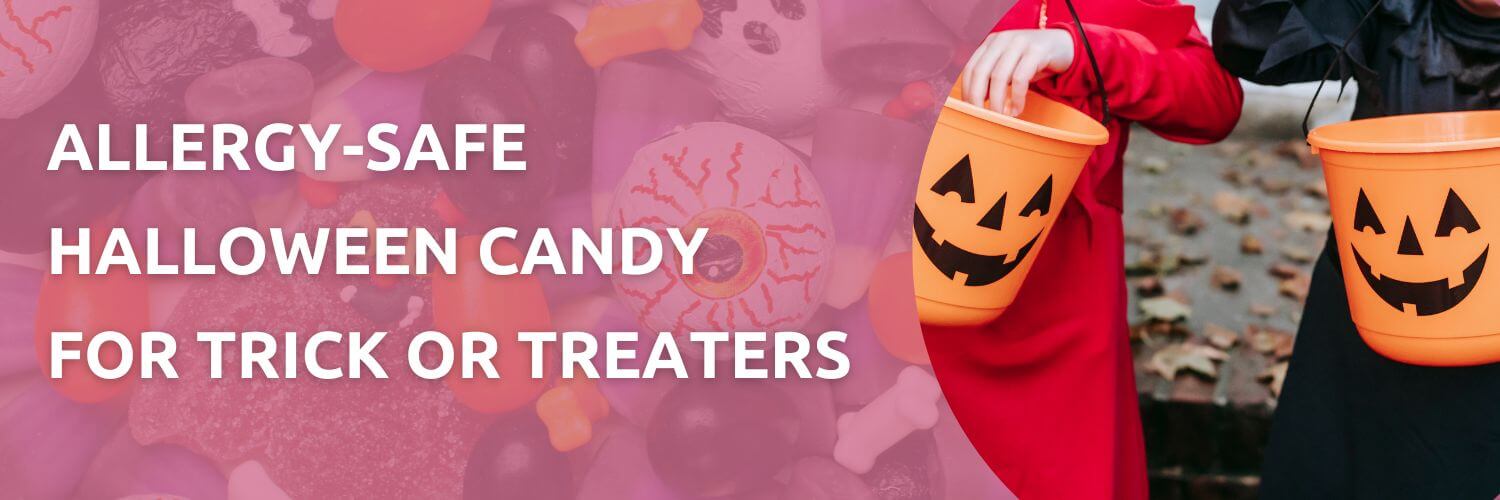Sugar is amazing. Just one food ingredient is pretty much in everything that we eat in its varying forms. Dairy products contain lactose. Fruits contain a kind of sugar called fructose. Sucrose, the kind of sugar that we add in baking, is another kind. So what happens if you have a sugar allergy? Can you have none of these, or are some okay compared to others.
What a sugar allergy means
First and foremost, discovering that you have a sugar allergy is going to take an official allergy test that will establish that it is, in fact, the sugar that you are allergic to. This is considered to be very important with a potential sugar allergy because an allergy to sugar is very rare. It’s far more likely that you actually have an allergy to another food ingredient in the same suspected reaction food.
Once you find out that it is a sugar allergy, you will need to take a look at what kind of sugar allergy you have. In most cases, it’s often a sugar allergy to sucrose (the white table sugar that we use for tea or baking). This means that you should avoid products that have sugar in them, as difficult as that may seem.
If you notice that you are reacting to the lactose products, it’s possible that you could have a more severe case of lactose intolerance or even a dairy allergy. This is also the case when eating fruits and having a reaction to them fruits themselves. It’s far more likely that you have a specific fruit-based allergy than the fructose within the fruits themselves.
Symptoms of a sugar allergy
The options below are some of the most common symptoms of a sugar allergy that you may be experiencing. If you notice any of these, it could be helpful to take a look at all of the food ingredients that are causing the reaction in your life.
- Stomach cramping or nausea: Often happening shortly after eating the sugary product, stomach cramping, as well as nausea, are common problems to experience. Often the cramping or nausea is moderate to severe. If it is more mild and passing, it is probably an intolerance.
- Hives: Hives anywhere on the body, particularly on the face or neck, are other signs of a sugar allergy. This often will rise up seemingly out of nowhere directly after eating the contaminated food.
- Wheezing or shortness of breath: Two of the more serious allergy symptoms are wheezing as well as shortness of breath. These are often symptoms of anaphylaxis, which is considered to be the most severe allergic reaction. If you experience this, immediate medical attention is always recommended.
What to do about a sugar allergy
There’s no question that discovering you have a sugar allergy means some serious lifestyle changes on your part. The best way to make the most out of them is to get as much support as possible from allergy specialists that will give you help and advice on elimination diets and more. A sugar allergy may be a big change. But you don’t have to make that change alone.





